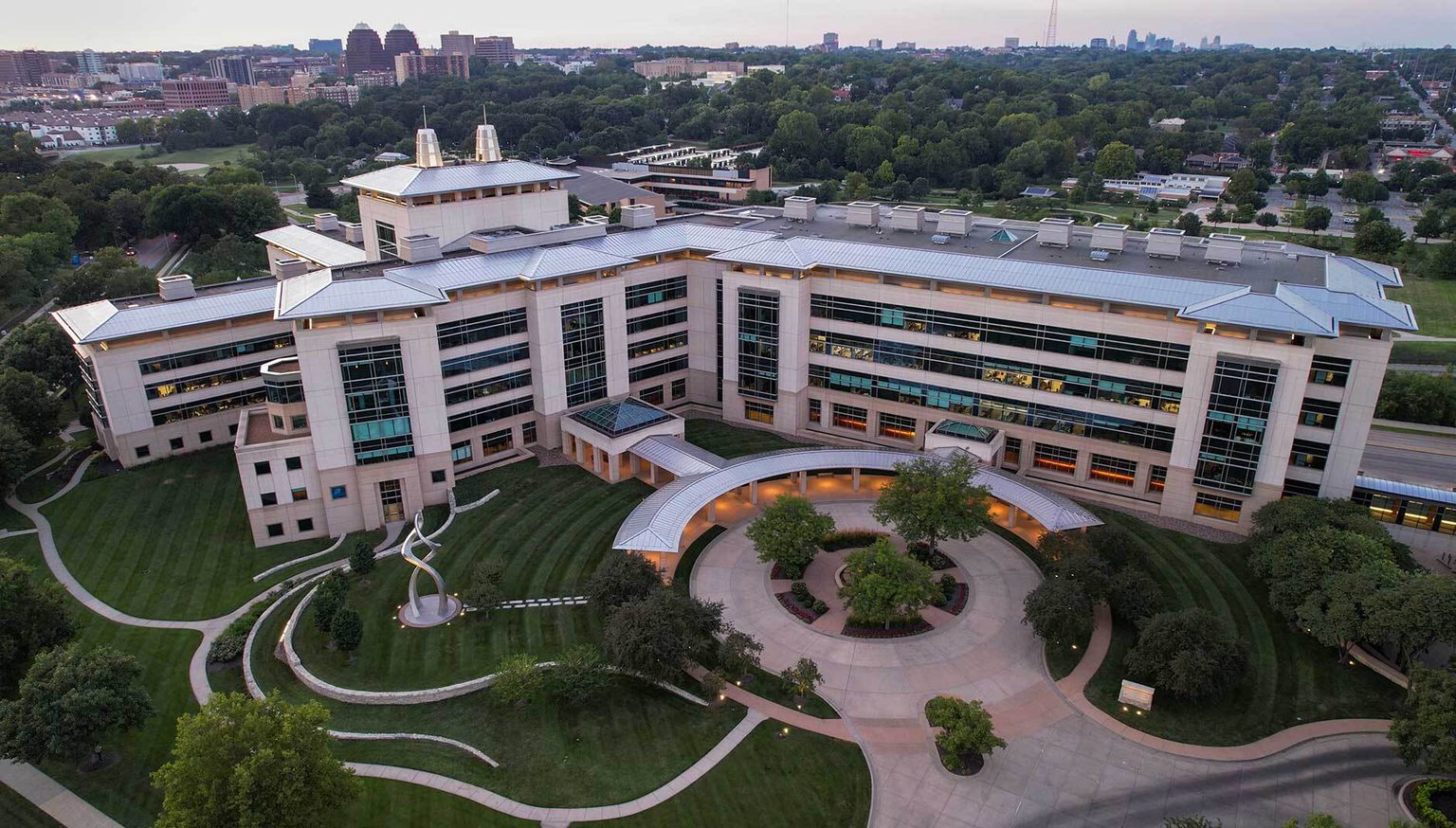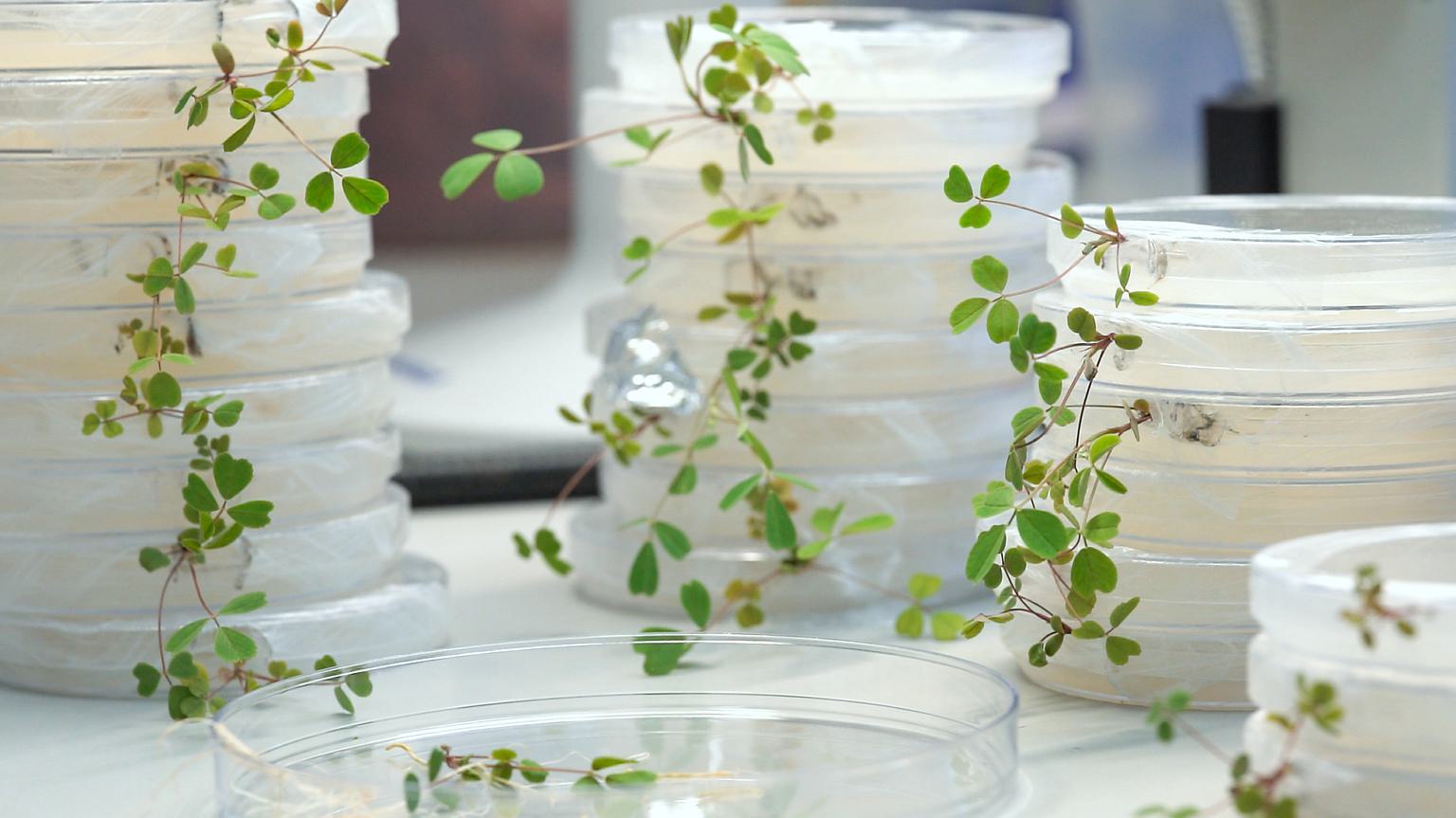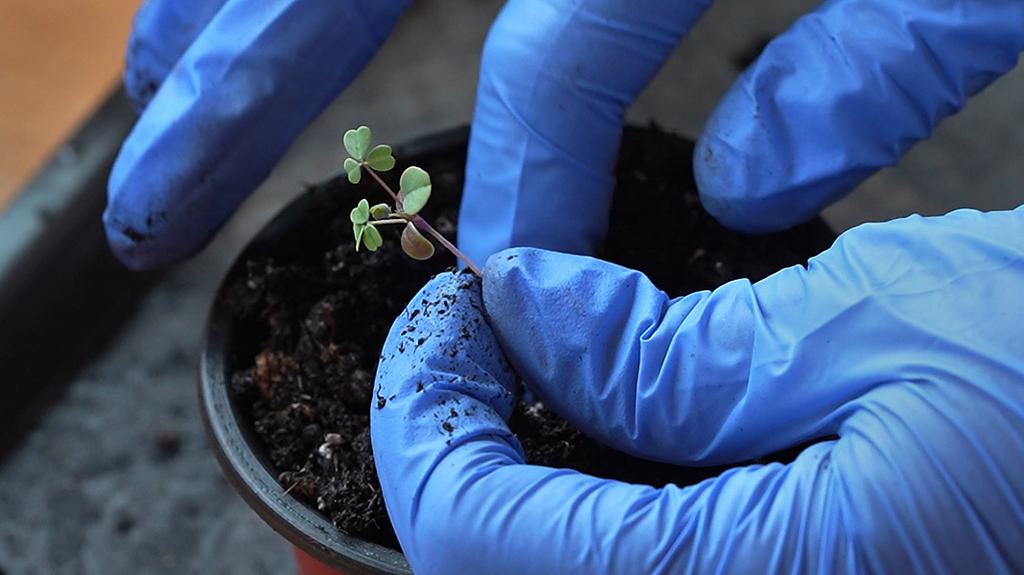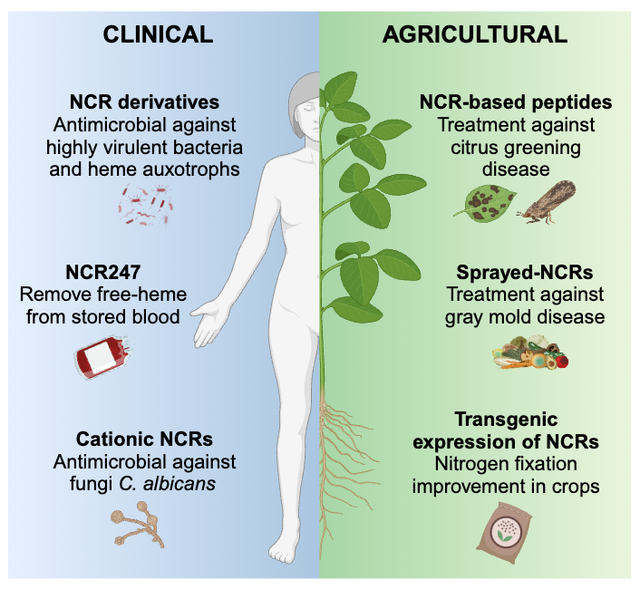News

18 December 2025
2025 in Review
Eleven key moments and achievements from the Stowers Graduate School in 2025
Read Article
The Graduate School of the Stowers Institute for Medical Research
News
Molecules produced by certain legume plants that turn soil bacteria into organic nitrogen converting machines have potential agricultural and human health applications.

By Rachel Scanza, Ph.D.
Symbiotic relationships—mutually beneficial partnerships between different species—are essential for specialized functions in nature. For example, trillions of bacteria help the human gut with digestion, nutrient uptake, and immune system health. In turn, they are provided with a cozy place to live and plenty of nutrients. Similarly, plants rely on symbiosis with soil bacteria to obtain nitrogen, a crucial element for producing chlorophyll, which powers photosynthesis. These plant-bacteria interactions not only offer a simpler system to study but also hold promise for potential agricultural and human health applications.

Focusing on this vital relationship, Paco Guerra-Garcia, a predoctoral researcher in the lab of Assistant Investigator Siva Sankari, Ph.D., published a forum article on December 16, 2024, in the journal Trends in Microbiology exploring the current understanding of the molecules some legumes produce to turn soil bacteria into organic nitrogen converting machines.
“Writing this article helped me with my own research,” said Guerra-Garcia. “I feel more confident and gained greater insight on why this field of study is important for both science and society.”
In the recent forum publication, Guerra-Garcia explores specific peptides—small protein-like molecules—produced by certain legume plants that harness bacteria’s ability to “fix” atmospheric nitrogen gas to a plant-accessible molecular form. However, different species of legumes display a variety of mechanisms to accomplish this feat.

Graphical illustration of the various clinical and agricultural applications of NCR peptides produced by certain legumes.
Guerra-Garcia explained that more research effort is needed to fully decipher how this recently discovered class of peptides works. “Highlighting the mechanism of action of just one peptide led to many clinical and agricultural applications.”
These tiny proteins called NCR peptides have been identified to possess antimicrobial activity against multiple pathogens that infect humans, such as listeria and salmonella. Regarding agriculture, NCR peptides can protect plants from pests while legumes that do not produce them, such as soybeans, can be engineered to do so, improving crop yield without the use of pesticides.
The Stowers Graduate School is committed to providing its predocs with exceptional education and cutting-edge technology training while fostering their development into the next generation of scientific leaders. This includes opportunities to author review articles that enhance in-depth literature review and writing capabilities.
For Guerra-Garcia, writing the article was a challenging yet rewarding experience and he encourages other early-career scientists to seek such opportunities from their advisors.
“I am grateful that Siva gave me this opportunity,” said Guerra-Garcia. “This experience will help me with future scientific writing and publishing.”
News

18 December 2025
Eleven key moments and achievements from the Stowers Graduate School in 2025
Read Article
News
24 November 2025
Students working with Pillai can look forward to studying deep evolutionary biology paired with advanced protein biochemistry and artificial intelligence to investigate and explore these questions.
Read Article
News
19 November 2025
Sankari believes the Stowers Graduate School is a place for emerging scientists to pursue their passions, contribute to discoveries, and achieve success.
Read Article
